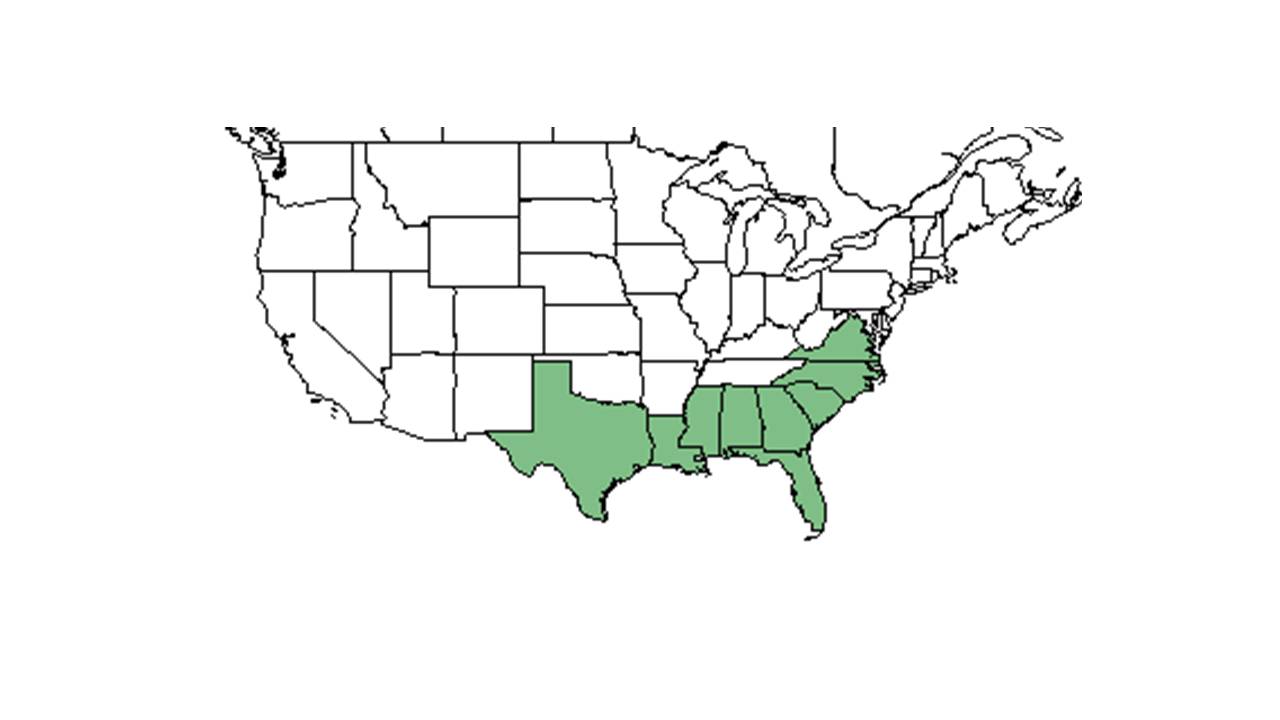Difference between revisions of "Sabatia calycina"
KatieMccoy (talk | contribs) |
KatieMccoy (talk | contribs) |
||
| Line 31: | Line 31: | ||
===Phenology=== <!--Timing off flowering, fruiting, seed dispersal, and environmental triggers. Cite PanFlora website if appropriate: http://www.gilnelson.com/PanFlora/ --> | ===Phenology=== <!--Timing off flowering, fruiting, seed dispersal, and environmental triggers. Cite PanFlora website if appropriate: http://www.gilnelson.com/PanFlora/ --> | ||
| + | It has been observed to flower in June and October and fruit in June, July and October (FSU Herbarium). | ||
| + | |||
===Seed dispersal=== | ===Seed dispersal=== | ||
===Seed bank and germination=== | ===Seed bank and germination=== | ||
Revision as of 14:43, 6 October 2015
| Sabatia calycina | |
|---|---|

| |
| Scientific classification | |
| Kingdom: | Plantae |
| Division: | Magnoliophyta – Flowering plants |
| Class: | Magnoliopsida – Dicotyledons |
| Order: | Gentianales |
| Family: | Gentianaceae |
| Genus: | Sabatia |
| Species: | S. calycina |
| Binomial name | |
| Sabatia calycina (Lam.) A. Heller | |

| |
| Natural range of Sabatia calycina from USDA NRCS Plants Database. | |
Common name: coastal rose gentian
Contents
Taxonomic notes
Description
Distribution
Ecology
Habitat
In the Coastal Plain in Florida, S. calycina can be found in floodplains, clearings along floodplains, hydric hammocks, riparian mixed hardwood communities, mucky soil of spring runs, wooded areas along rivers, hardwood swamps, and pine-palm woodlands (FSU Herbarium). Soils include sandy loam, moist loam, and loamy sand (FSU Herbarium).
Associated species include Acer, Taxodium, Nyssa, bald cypress, American elm, and dwarf palmetto (FSU Herbarium).
Phenology
It has been observed to flower in June and October and fruit in June, July and October (FSU Herbarium).
Seed dispersal
Seed bank and germination
Fire ecology
Pollination
Use by animals
Studies conducted with animals
To determine which seed species are preferred by fire ants, we set up a cafeteria-style experiment in which we presented fire ants with seeds of native species and recorded the rate of removal in eight separate trials. However, several species... Sabatia calycina and...were discontinued after one or two trials due to lack of interest by ants even after extended periods of exposure (Cumberland et al 2013)
Diseases and parasites
Conservation and Management
Cultivation and restoration
Photo Gallery
References and notes
Cumberland, Margaret S. and L. Katherine Kirkman. 2013. The effects of the red imported fire ant on seeds fate in the longleaf pine ecosystem. Plant Ecology 214:717-724.